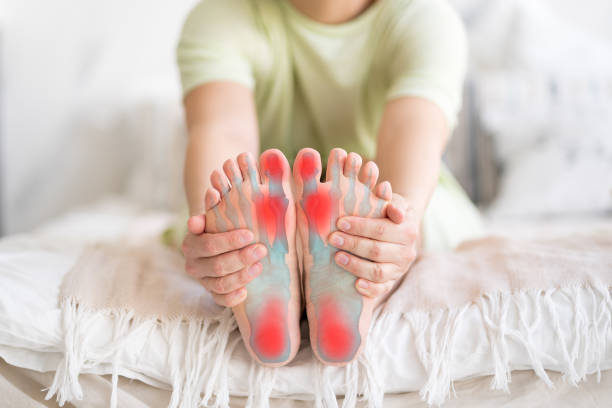 At your first appointment, you’ll have a physical examination and may have X-rays taken. This will help your doctor determine whether you have a bunion and what size it is. They will also look for other conditions that may cause your symptoms.
At your first appointment, you’ll have a physical examination and may have X-rays taken. This will help your doctor determine whether you have a bunion and what size it is. They will also look for other conditions that may cause your symptoms.
Your doctor will ask you about your foot and toes, your activities and how they affect your feet. They will also look for signs of damage or malalignment to the metatarsophalangeal joint (MTP), which is the joint between the big toe and second toe. They will also check your weight distribution, especially when you stand up or walk around.
If your doctor thinks you have a bunion, they will prescribe medications and suggest ways to reduce pain and inflammation. They might recommend anti-inflammatory or painkiller drugs, icing, padding and shielding, cortisone injections into your toe joint, and sometimes physical therapy.
The most common type of surgery for bunions is called an osteotomy, which involves cutting or scraping away your bunion and fixing the bone in place with metal screws or staples under your skin. This is usually done under general anaesthetic and you will most likely go home the same day.
Another method is called the Lapidus procedure, which involves making a small incision in your skin. This is often used to treat bunions that don’t respond to other treatment, and the procedure can be done under regional anaesthesia.
In the case of a surgical correction, patients will be given prescription shoes or special pads to place over the bunion before surgery. These pads will act as a buffer between your shoe and the bunion and can reduce pressure, pain and swelling.
If you have a painful, inflamed bunion that is affecting your lifestyle, you should consider talking to a podiatrist. This specialist has special training in the diagnosis and treatment of foot problems, including bunions.
Nonsurgical treatments for bunions include wearing wide-toed or soft shoes, using toe spacers, and taking nonsteroidal anti-inflammatory medicines, such as ibuprofen. However, these will not make your bunion go away.
Other options for bunion treatment Adelaide include changing the way you walk, putting ice on your bunion to reduce swelling, adding foot support or padding in your shoes and changing the shape of your feet. The goal of all these techniques is to help you keep your foot in its normal position, so that it can withstand the forces that cause bunions to form.
The most important thing is to be patient and listen to the advice of your podiatrist, who will be able to give you more information on what’s available for your bunion condition. They will also be able to advise you on when it’s time to consider surgery.
Getting a Bunion Operated
For some people, the pain and symptoms of bunions are so severe that surgery is the only option. Surgery can correct the bunion and relieve pain and prevent it from growing back.
Your surgeon will take a detailed picture of your bunion to determine the best course of action for your case. They will take into account your age, health history and symptoms to determine the best solution for you. They will also look at X-rays of your feet to confirm the diagnosis and see how much the bunion is affecting your walking.




